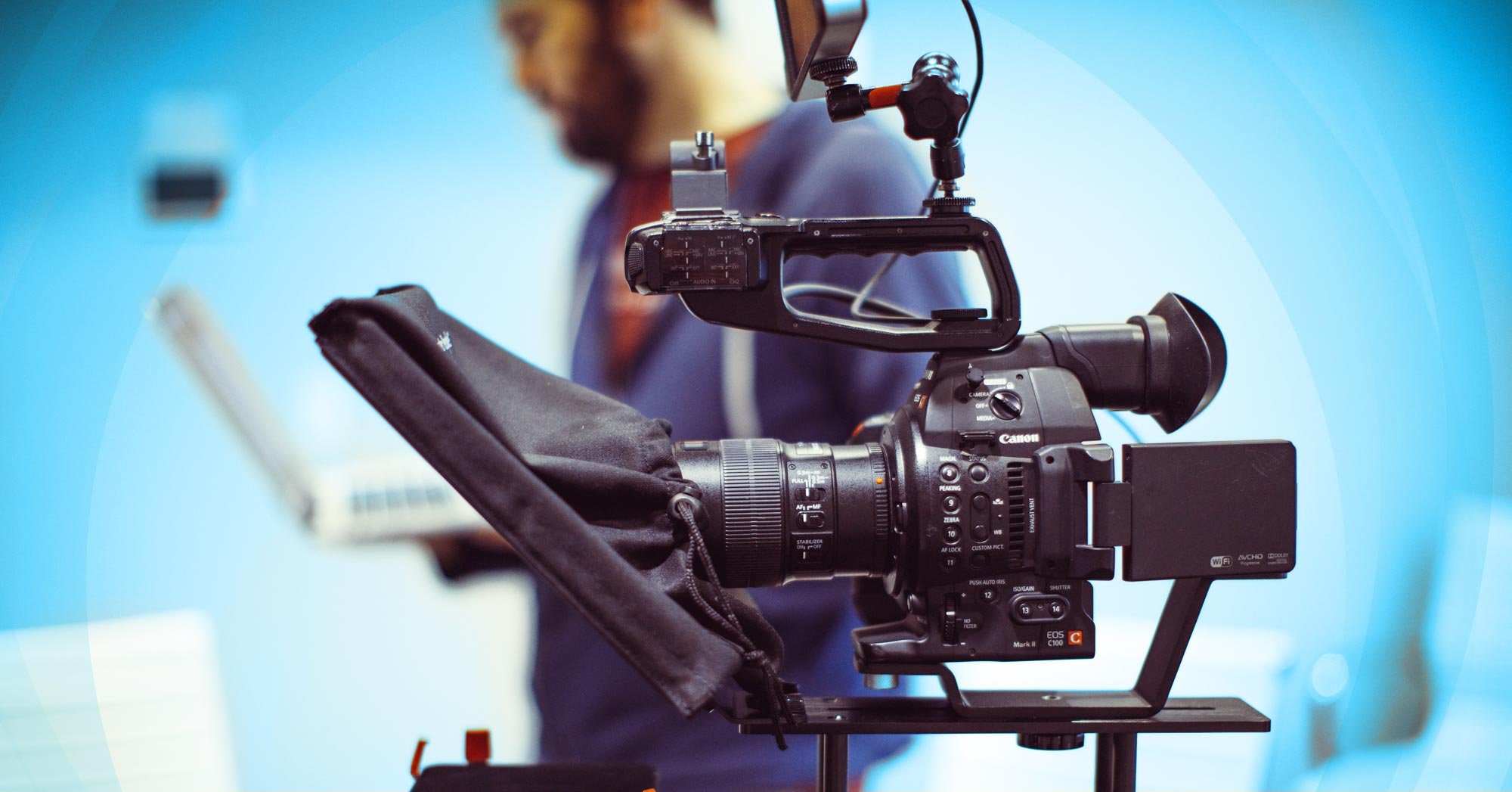
Stream On: Three Tips for Smooth Live Streaming Your Next Video
These days, if it’s not happening live on Facebook, it’s not happening at all. Streaming live on Facebook is becoming crucial for anything from press conferences to publicity stunts. Before you run out and press that “Go Live” button, there are a few things you can do to make sure your event is successful.
1. Check Connectivity
The first thing to do at the event location is check is the internet connection. It’s easy to assume that you’ll have a connection anywhere, but this isn’t always the case. We’ve done numerous live-streaming events and the connectivity at each has been different. It’s vital to know about the strength and reliability of your connection. Run a network speed utility such as speedtest.net to ensure a sufficient connection. To determine if your connection is fast enough to support a video feed, perform an unpublished test on Facebook so you can monitor the quality. Streaming through cellular will eat through your data quickly, so be prepared for overage charges. It’s also important to note that most, if not all, unlimited data plans throttle down your bandwidth in order to keep you from burning through too much on the network. This can be a hindrance to live streaming, but there are devices such as the Teradek Vidiu Pro that allow you to band together multiple cellular signals to create a stronger network connection. We have relied on this solution multiple times and it’s a game changer.
2. Upgrade Your Setup
Using your phone or laptop to stream is convenient, but consider using a camera and microphone if your budget allows. If you can choose only one area to upgrade, choose a high-quality microphone. Poor audio is much less forgiving than poor video. If people can’t hear what is happening, they’ll likely lose interest. External microphones are available for smart phones, tablets, and laptops, making decent audio available even if you can’t get your hands on a camera. If you choose to upgrade your setup with a video camera, you’ll need to hook it up to a laptop or other streaming device. In doing so, you’ll need a software like Open Broadcaster Software (OBS), which is completely free.
3. Anticipate Curveballs
You’ve done your planning. You’ve tested your connection. You’ve upgraded your setup. What could go wrong? Everything. It’s impossible to know which challenges may arise on the big day. Have a backup plan if your connection doesn’t work and make sure all parties understand it. Suggest uploading a recording of the event as soon as it’s finished if you can’t do it live. When everyone is informed that it’s a possibility, there are no surprises. If your event was scheduled on Facebook for a certain time, be ready to manually override the start time if the event timing changes. The same goes for the flip side. If the event starts early, you don’t want to miss the start. Similarly, if there are significant event delays, you don’t want to broadcast dead air. Be present and ready to adapt.
Hopefully these tips will help you better plan your next live-streaming event. When you make time to anticipate problems, invest in high-quality equipment, and communicate clearly with your team, your event will be a winner. Teamwork makes the stream work. Read on.








